With this post, I finish my second year of exploring and writing about London, and start my third. I would like to thank everyone who has read, commented, e-mailed and subscribed, I am very grateful for every bit of feedback and I apologise for my often delayed responses, it is a challenge to research and write a post a week.
I started this blog with two main aims:
- To identify the locations of all the photos my father took across London.
- To act as an incentive to get out and explore more of London.
I have made great progress with my father’s photos and now have around 90% identified and will cover many of these locations over the coming year. I published two posts with locations I could not identify and the response was remarkable with the majority of locations and events from these two posts identified. To have locations identified over the course of a Sunday where I had spent some weeks trying to work out where they were was a fantastic experience, and my thanks for your considerable knowledge of London. It is still my aim to identify the location of every single photo.
For point two, it has been a really interesting year. We too often take for granted what is on our doorstep. Follow the same routes and go to the same places. There is so much to explore across London and the blog has given me the incentive to get out and explore different places, I will highlight a few of these below.
So what of the third year? I still have very many of my father’s photos of London to cover and will be comparing these with the location today. He also took hundreds of photos across the UK during Youth Hosteling holidays and National Service in the late 1940s. If you do not mind the occasional trip out of London I will also start covering some of these to show what the country looked like to a Londoner after almost six years of war. There are also many new places in London I want to visit and explore and will be covering these during the coming year.
So, again my thanks for reading the blog, and I hope I can keep you interested during the coming year.
And to finish, a summary of some of the posts from the last year:
Mystery Locations
Nearly all the locations from my two Mystery Locations posts were identified. The following photo was in my first post from last August and did not get identified at the time, however when I published the second set, I had feedback on this photo. It was taken just off Theobalds Road and is looking across to Harpur Street (the old building on the right is at the junction of Harpur Street and Dombey Street). The building work is the construction of new flats which are still there.
I had already written about the area in my post on A Water Pump, Bedford Row And Tracing Harpur’s Bedford Charity Estate and photographed part of the flats and the old building at the end of the street, but had not realised that this was the location:
I was doubtful whether the next photo would get identified as there were very few landmarks. It shows a scene after a fire with hoses still covering the street.
I had feedback that the building looked like one of the pubs on the corner of the old Caledonian Market. I visited in September and was really pleased to see the building is still there – hidden behind the tree in the photo below:
The Changing City
Exploring the locations of my father’s photos show how much the city has changed over the last 70 years, however even in places with considerable change there are still survivals from the past. My favourite example of this was from my post on Pickle Herring Street. This is a lost street that ran along the south bank of the river, west from the southern end of Tower Bridge. My father took the following photo standing under an arch in the approach to Tower Bridge looking along Pickle Herring Street:
The scene is very different today:
But despite all this change, small features such as the tiling in the roof of the arch are exactly the same:
The Southbank is another of the areas in London that has changed beyond all recognition. My father took lots of photos of this area just before demolition for the Festival of Britain. They show a very different place to the Southbank we see today. The entrance to the Lion Brewery at the end of Sutton Walk:
And the same scene today – part of Sutton Walk still exists, but the length in which my father took the above photo is now a pedestrian walkway and has been built over to the right:
London in the 1980s
As well as photos from the late 1940s / early 1950s I have photos from many other periods. I published a number of photos that both my father and I took in the 1980s, the decade when the areas to the east of London started to change following the closure of the docks. These photos included the changing face of the Isle of Dogs:
Along with reaction to the politics of the time:
I have more of these photos for the year ahead.
London Maps
There are some remarkable maps of London, but my favourite by far is my 1940 copy of Bartholomew’s Greater London Street Atlas from 1940. This was my father’s who had to get a neighbour who was in the Home Guard to purchase it from Foyles as only people in uniform could purchase maps during the war. The following is an extract from this atlas showing the area to the south of Tower Bridge and the same Pickle Herring Street referred to above.
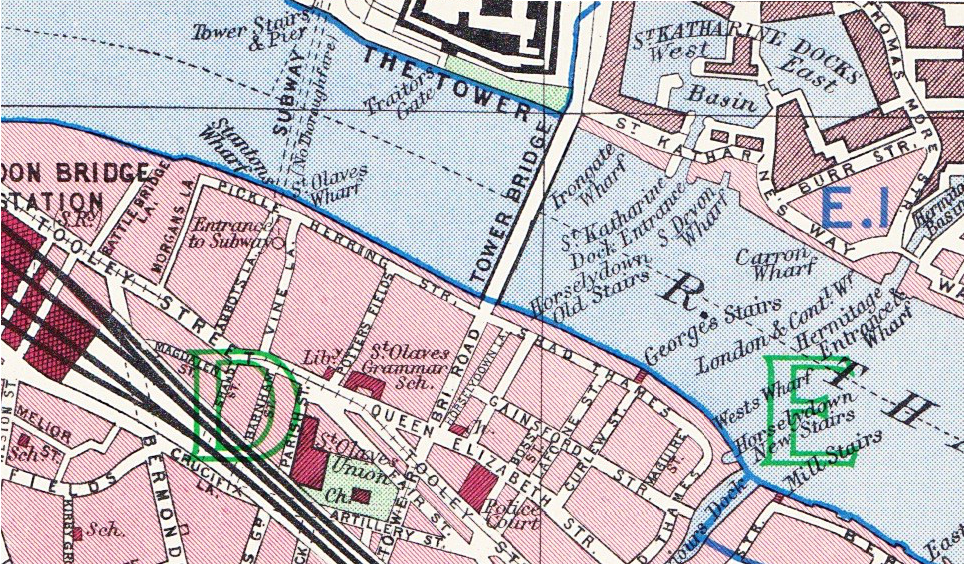 There are also many other maps of London and I covered a sample of the maps I have collected, including the colourful from London events over the years:
There are also many other maps of London and I covered a sample of the maps I have collected, including the colourful from London events over the years:
 And the practical to track down changes in the street plan:
And the practical to track down changes in the street plan:
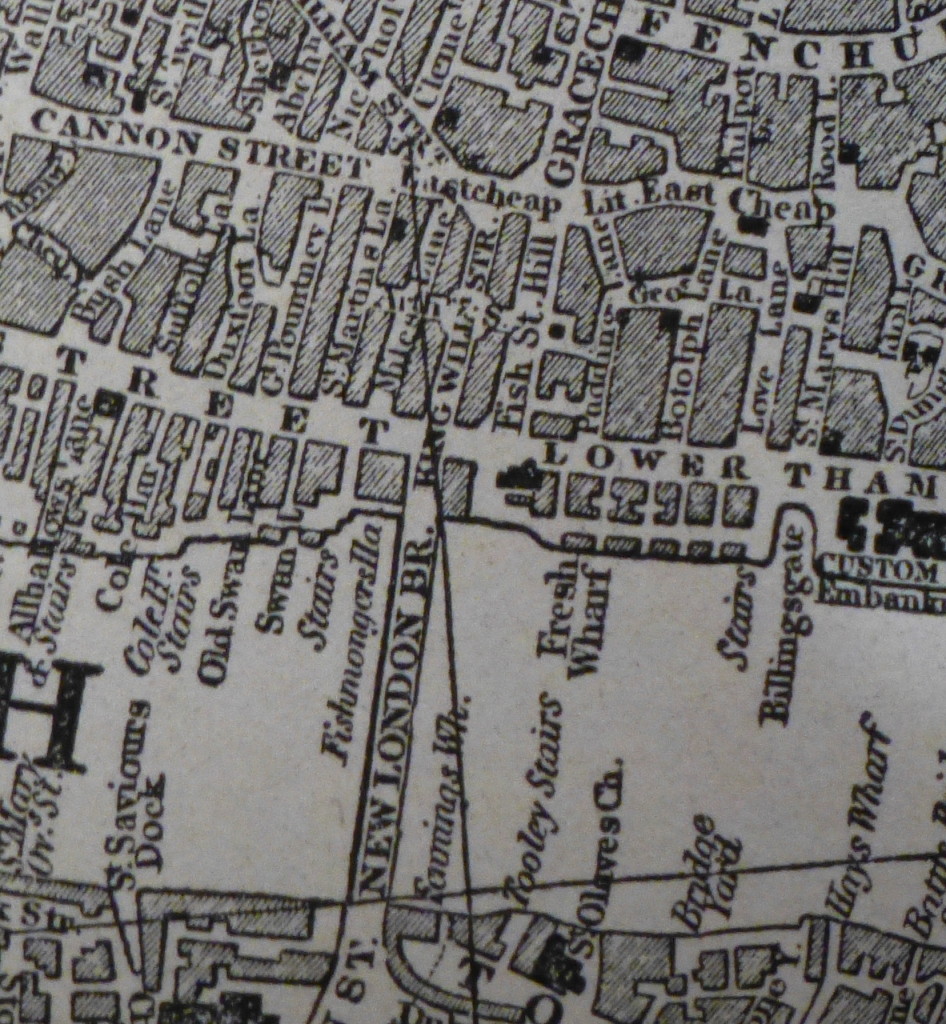 New Places
New Places
There is so much to explore across London and the city is ideally suited to walking, whether to Highgate in the spring:
Where I walked to the Flask pub which is still much the same as when my father took the following photo:
Or along the Greenwich Peninsula – an area which will soon look very different and where some key locations rich in industrial history are under threat:
I have also traveled along the Thames on many occasions throughout the year. Two of the most memorable being on the Paddle Steamer Waverley from Tower Pier out to the Maunsell Forts in the estuary.
The city also looks very different when travelling along the river at night:
We have lost some of the connection with the Thames, however it has been the Thames that established and has shaped London during the last two thousand years. Now the river seems to only be seen as either a scenic sales benefit to the many buildings being constructed along the banks of the river, or as a threat during the high tides that cause water to flood onto the footpath in Greenwich of leak through the embankment walls in Millbank.
The Waverley will be making another visit to London later this year – I plan to be on-board again
A reminder of the warehouses along the side of the river and the risks of fire came when I had the opportunity to be on the Massey Shaw Fireboat on 29th December to mark the 75th anniversary of the major bombing attack on London on the 29th December 1940. The Massey Shaw has been restored to a fully operational condition and to see a Fireboat that went to Dunkirk and fought fires along the river for many decades, performing the same function as a modern-day fire boat was a credit to the original designers of the Massey Shaw:
Open House London offers opportunities to visit places that are normally closed. For the Open House weekend last September I was able to climb the Caledonian Clock Tower. The gallery around the top provides some of the finest views of the city:
The London Transport Museum have also run a number of tours of hidden parts of the Underground System. I was able to visit many of these during the year, including the old Down Street station:
The Post Office Railway has held an almost mythical status for me since reading about the railway as a child in the early 1970s. Last year it was opened for a few days by the Postal Museum and it did not disappoint:
With the coming spring (although with this year’s weather spring is already here in parts of London), the Chelsea Physic Garden is a place to spend an afternoon away from the traffic and crowds which I did last April:
London Events
In July I went to see Swan Upping take place along the Thames. My father had photographed the event when it still started in central London:
Following the swans, Swan Upping has now moved out of central London, now running along the river to the west of London. I saw the boats arrive at Goring and whilst the location has changed, the uniforms and ceremony remain the same:
So thank you again for reading, and I hope you will join me for a third year of exploring London.


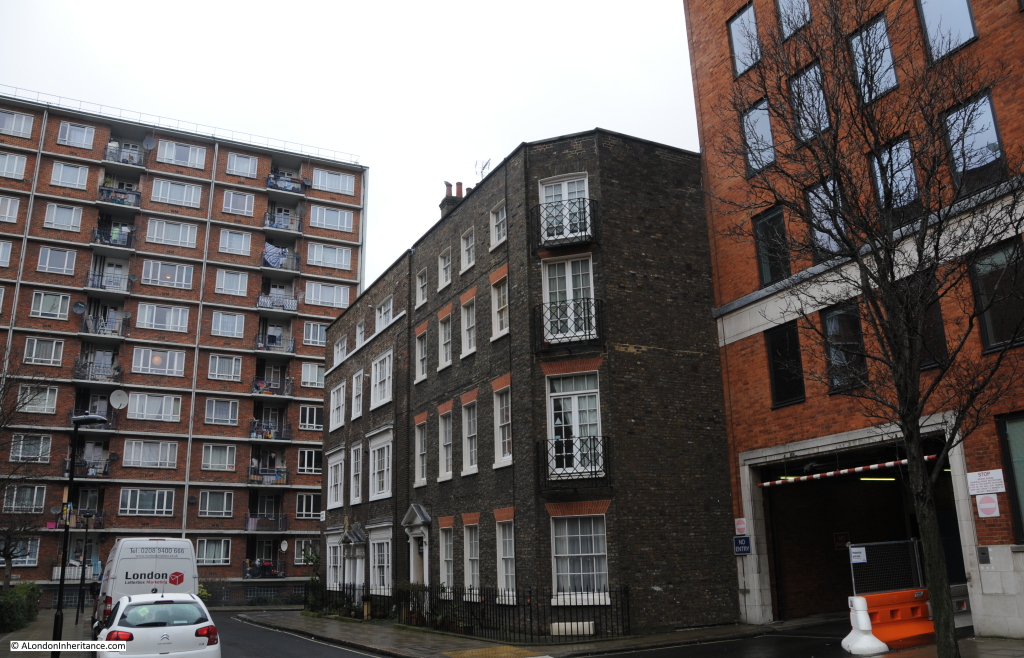
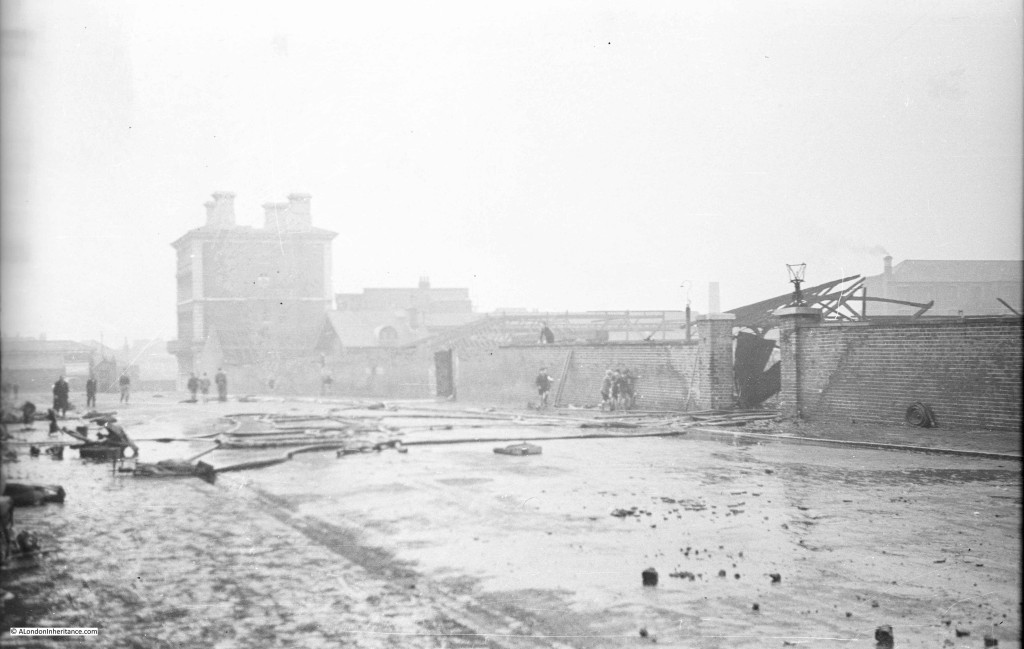

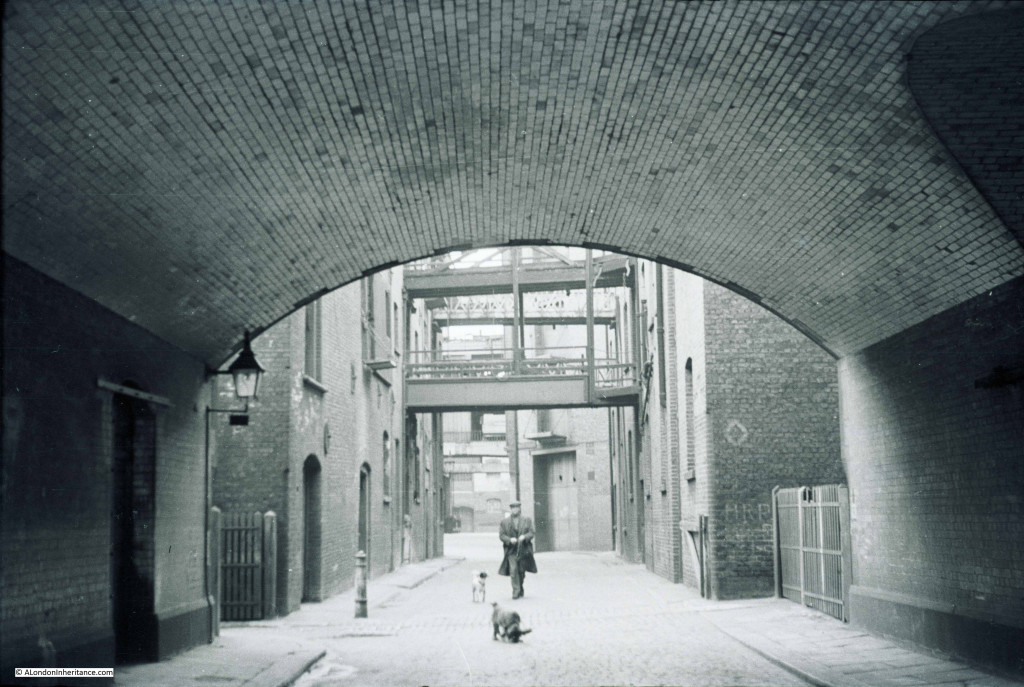
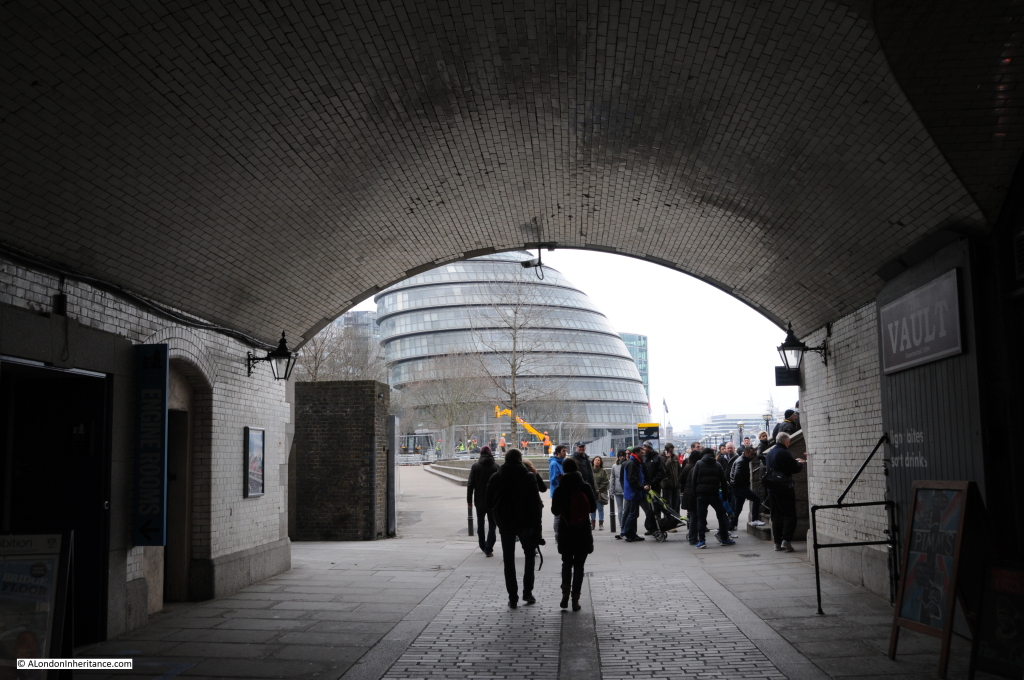
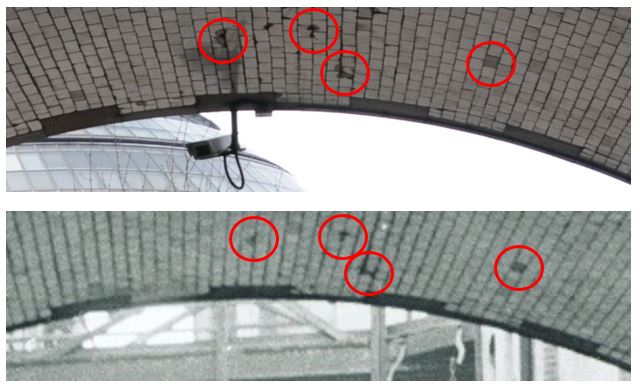
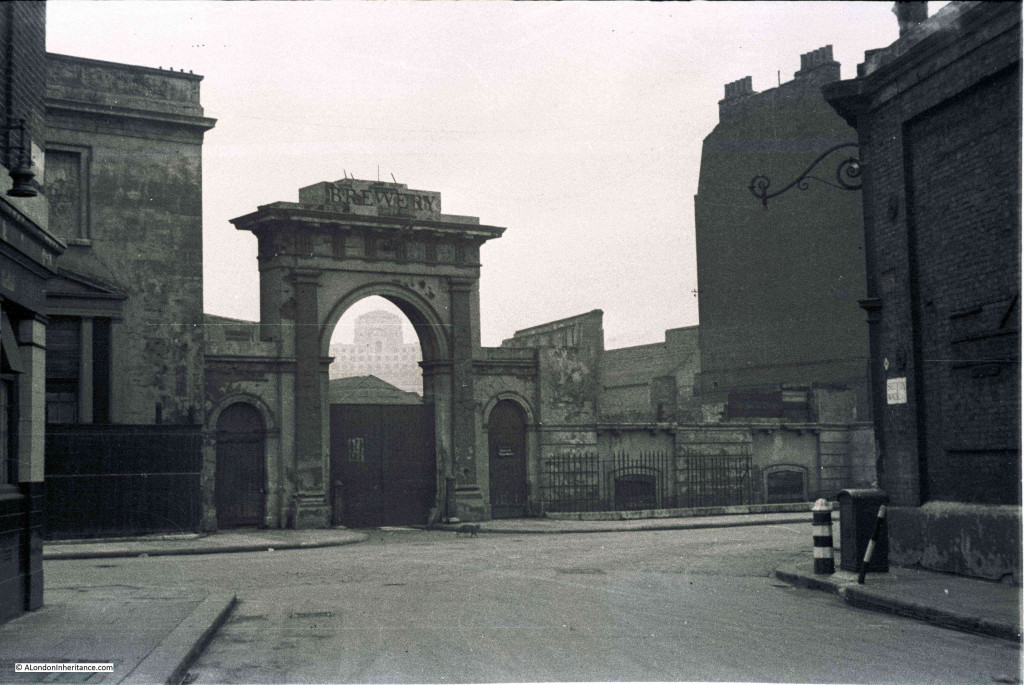
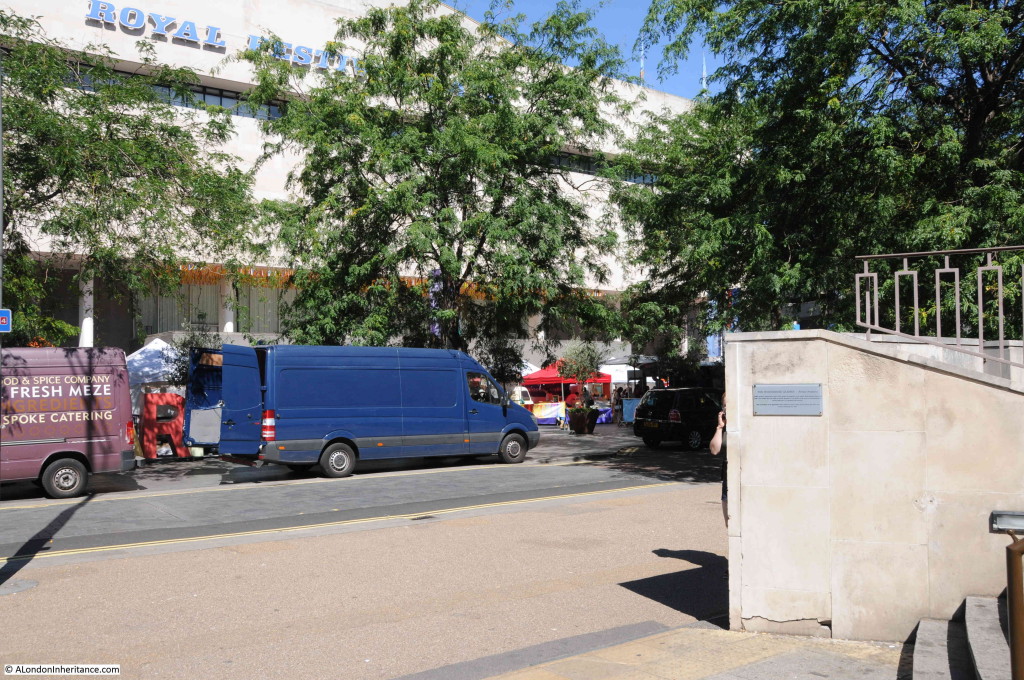
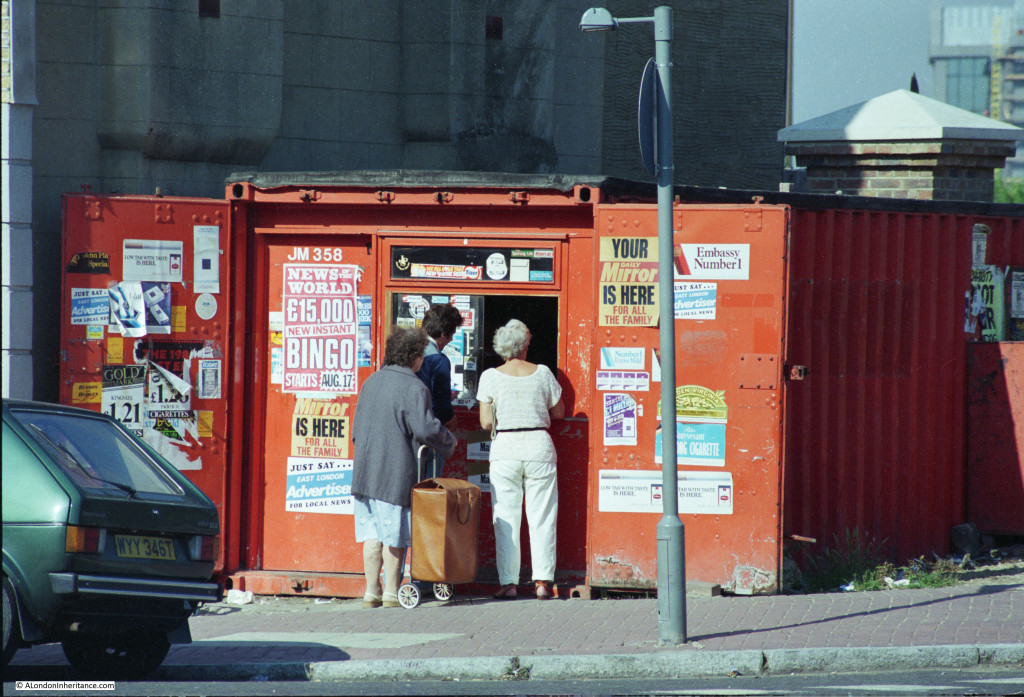
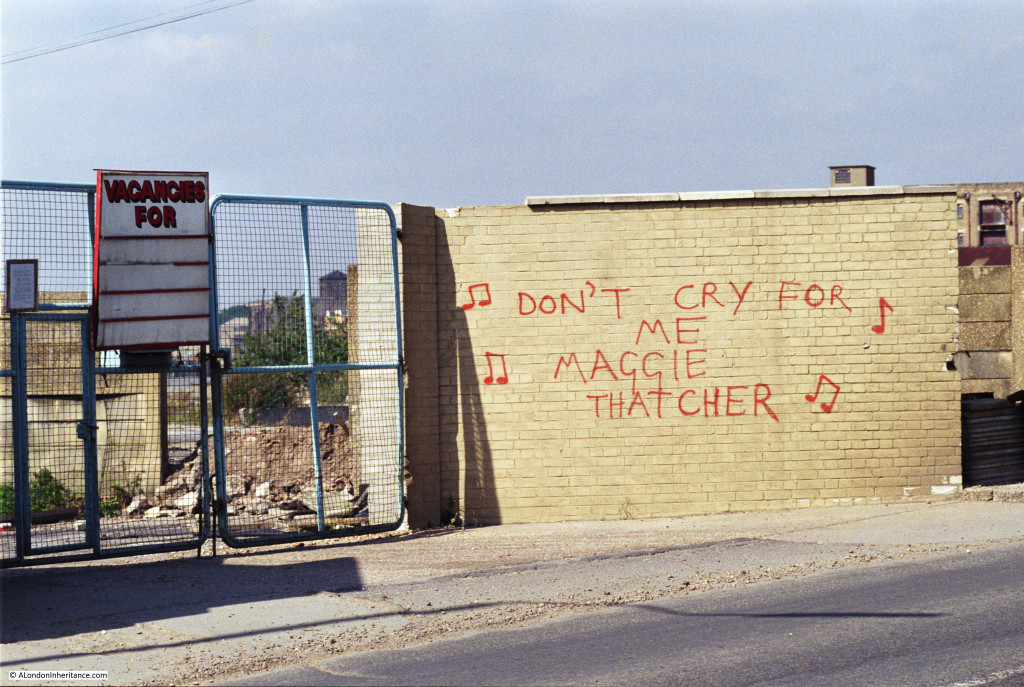
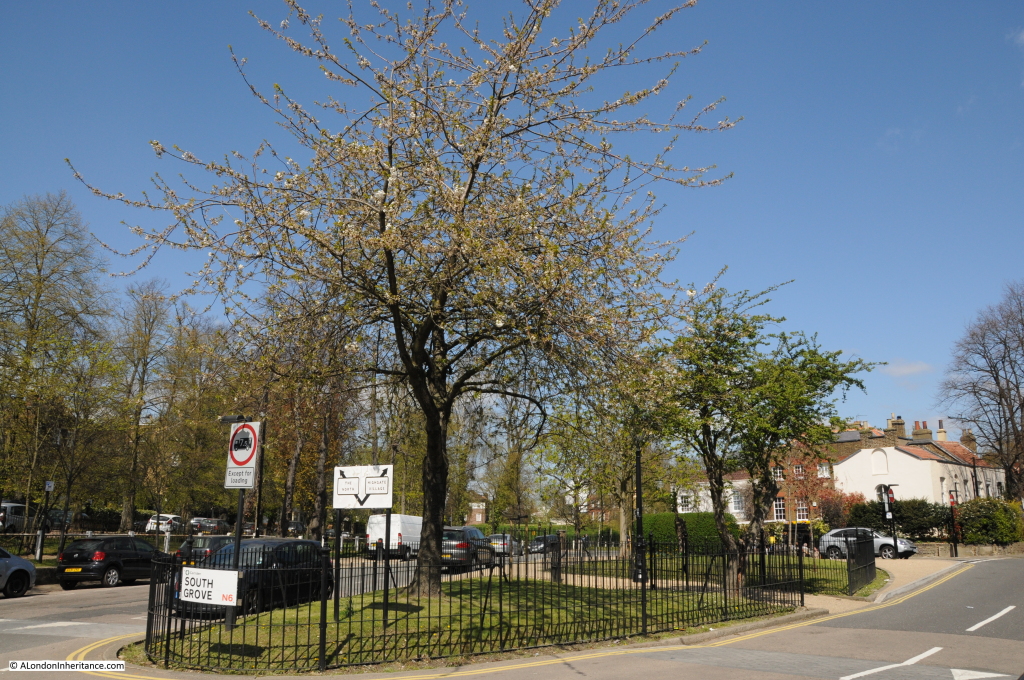
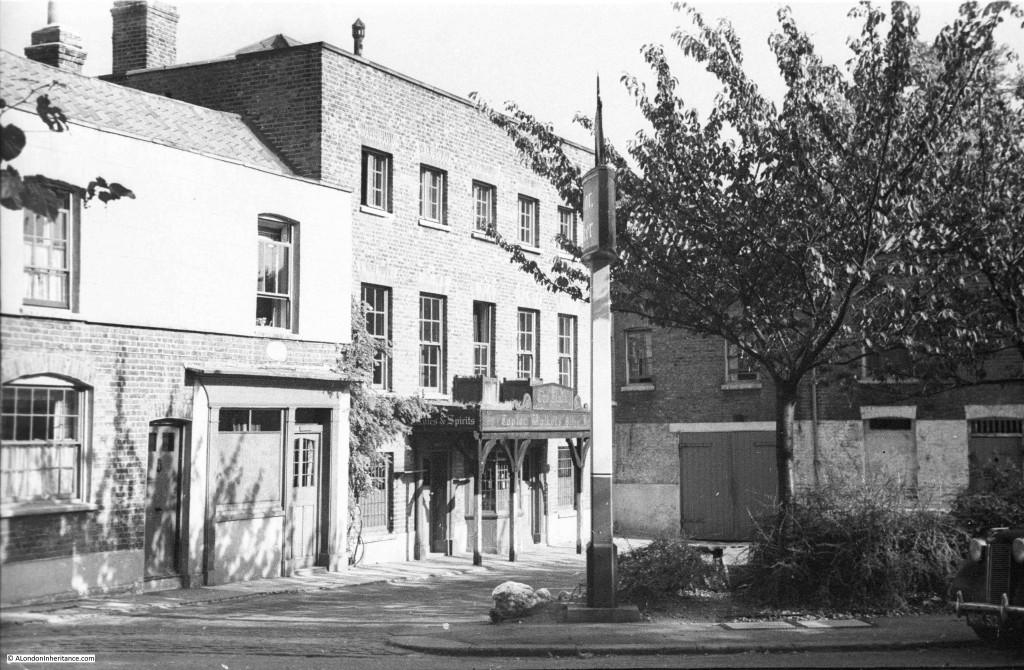


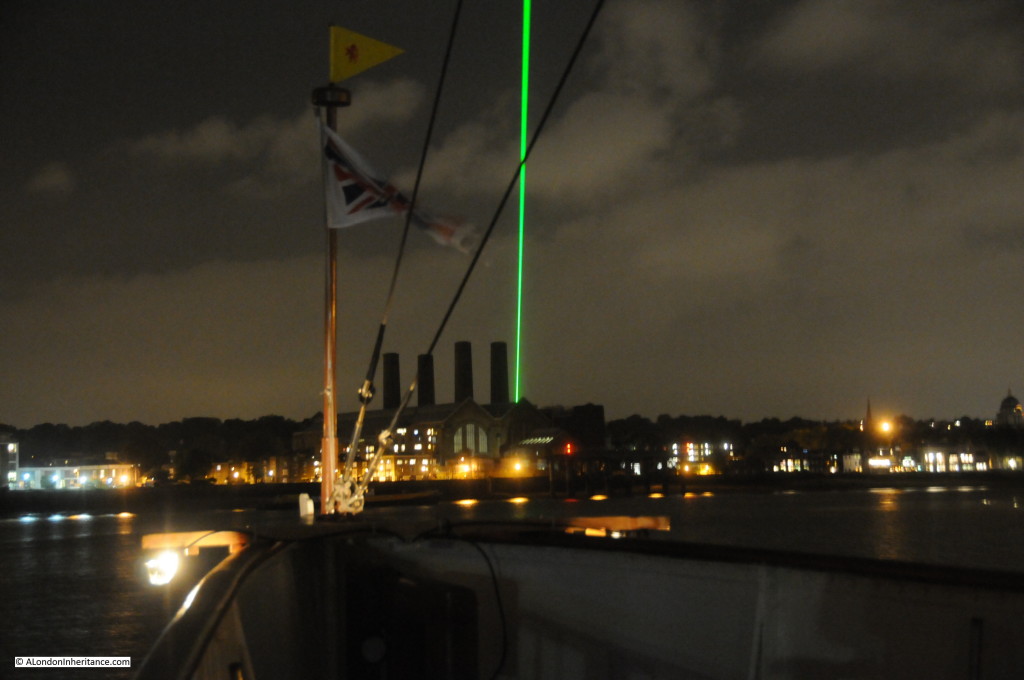
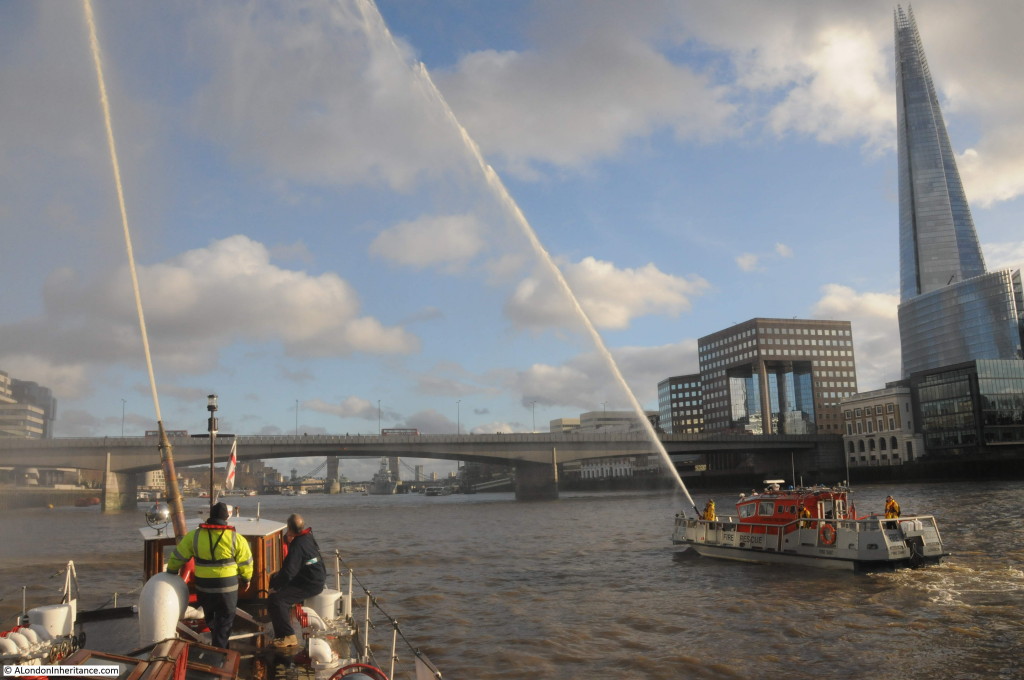
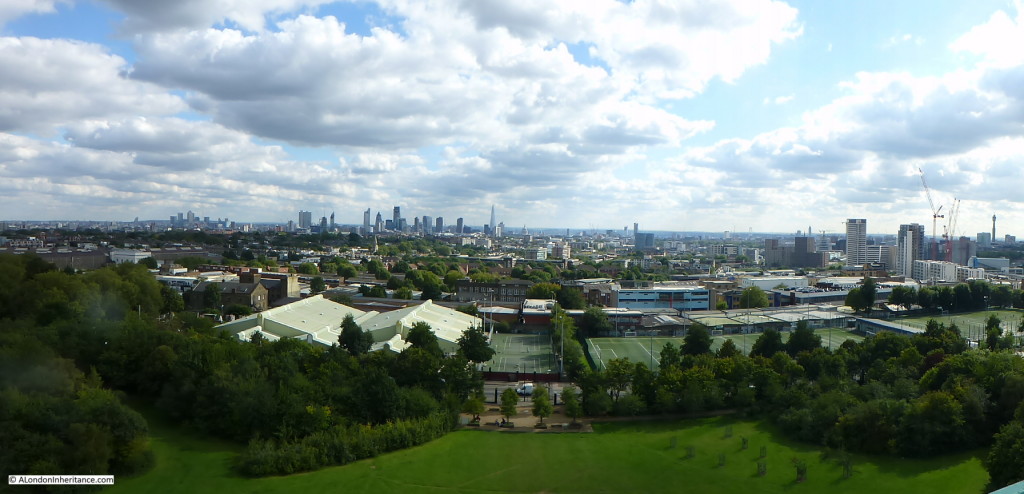
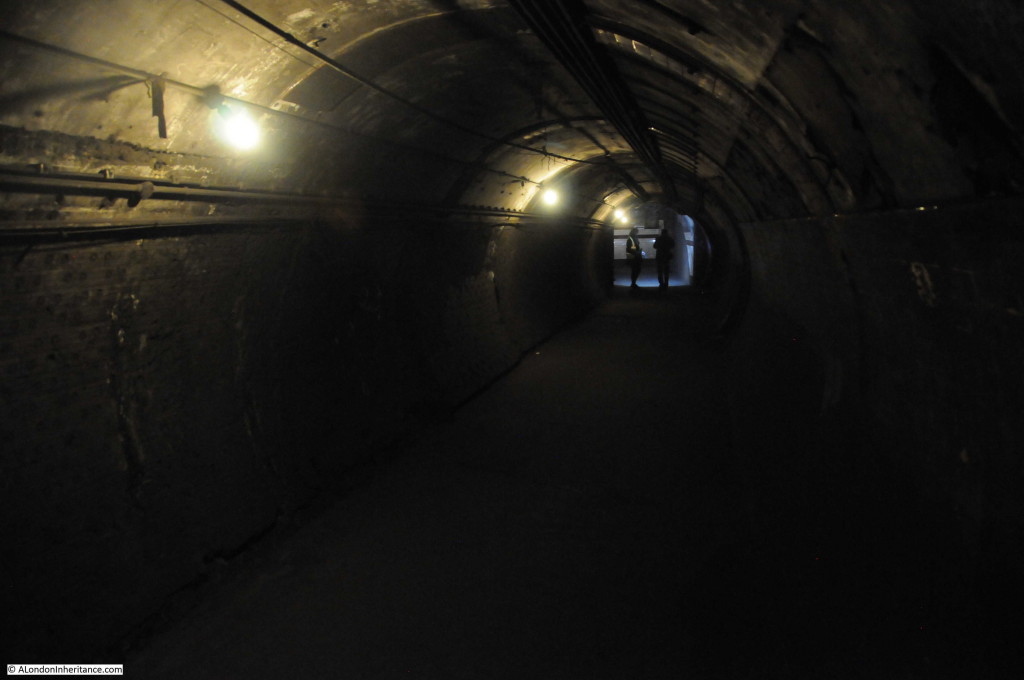
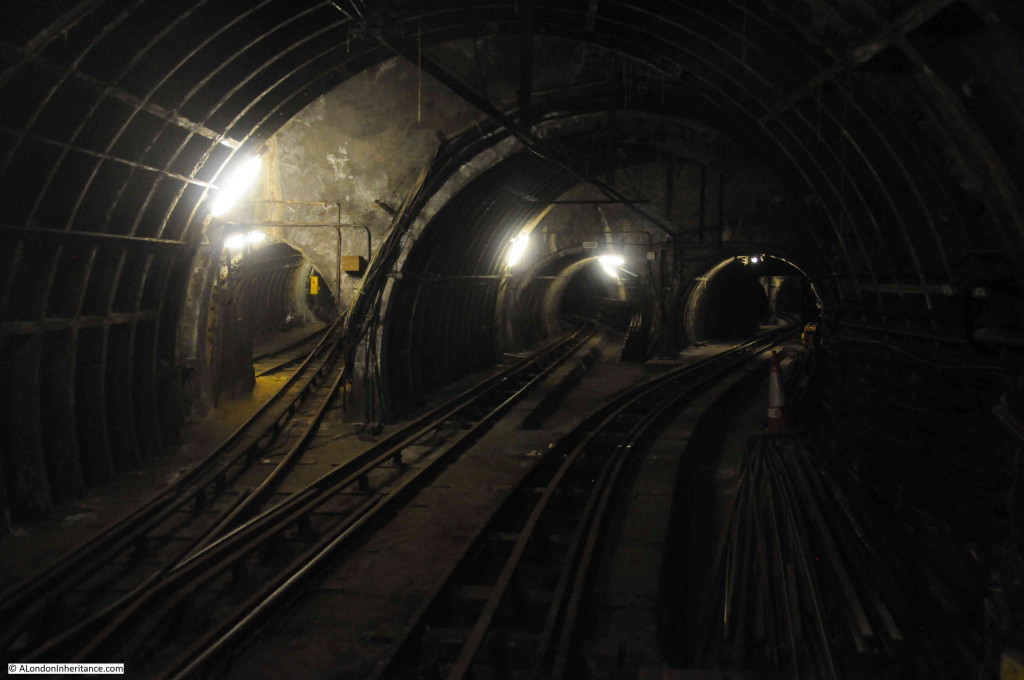



Thank you for all your hard work in supplying us with such an interesting blog to read each week. I look forward to the coming year,especially more of your father’s photographs,out and about. Well done
It is now part of my Sunday – to read your ‘London Inheritance’. I have enjoyed both the areas I know (or knew!) and areas & photo’s that are new to me. I look forward to another year of Sunday discoveries!
I find your blogs fascinating, especially the now-and-then photos. Sometimes making me nostalgic for the old London I grew up and worked in for over 60 years. I think we owe a huge debt of gratitude to your father for all his photos.
Thanks for all your hard work in writing and researching your blogs and I look forward to reading them in the future.
Looking forward to joining you on your rambling around London. They’re so enjoyable.
Thank you for including a picture of the cable winding gear at Enderby Wharf in your latest round-up edition, David. I am a member of the Enderby Group, who are trying hard to make the local council and the numerous developers on the Greenwich Peninsula wake up and see the potential in restoring Enderby House as a cultural hub for the community and for the future. It is the last building standing as evidence of the Victorian entrepreneurship on the Peninsula. We are meeting with Greenwich Council and the developers in early March and hope to have better news for the future. For information on the history of the area, please see http://www.ballastquay.com especially articles about the Enderby family and the development of the telegraph communication industry which grew up there.
Please keep your wonderful walks and articles coming, David!
A great summary of your first two years. I especially enjoyed it as I only discovered your blog within the past year, so I’ve missed a lot. I very much enjoy every post. I sometimes use your posts, and your and your dad’s photos, as the basis for my own exploring of London. I look forward to the next year. And yes, I’m certainly interested in locations outside of London. I know this blog is a big commitment; I hope it’s encouraging to know that so many people enjoy it! Thanks for your efforts.
I have only recently come across your blog thanks to being directed to it from spitalfieldslife. Thank you for an entertaining and well-researched read, David. Like you I have photos taken by my dad (mostly from the 1920s) but they are few in number and are of people rather than places – the backdrops are incidental. But it was a pleasurable challenge locating the places. I would be interested in locations around London as visits to the countryside and surrounding towns was another facet for me of growing up in London.
Keep up the good work!
I also enjoy your blog very much. You said “If you do not mind the occasional trip out of London I will also start covering some of these to show what the country looked like to a Londoner after almost six years of war. ” I should be delighted if you made some trips out of London!
I applaud your efforts and commitment to this task. I am researching the history of a particular location in London and wondering whether there may be some photos in your collection – some have come very close!!! Would you mind emailing me privately? I look forward to your future posts.
Looking forward to next year! Loved the Hampstead post. I used to live there in the 80s when it was possible to rent a top floor flat on Parliament Hill for £365 per month…times have changed a bit. My view from the bedroom was similar to that of Constable’s, give or take a few taller buildings.
Thank you, David, for every word and photo. I love your blog so much.